The 10 best exhibitions of 2023 according to Finestre Sull'Arte
For the second year in a row, with the last day of the year we publish the ranking of the best 2023 exhibitions in Italy according to the editors of Finestre Sull’Arte. Like last year,<ì we take into account only those exhibitions that opened during the year (thus excluding exhibitions that opened in 2022 and continued into 2023). Here is the ranking!
10. Luca Signorelli at the Museum of the Etruscan Academy (Cortona).
Our ranking begins with an anniversary, that of Luca Signorelli’s passing, which passed somewhat under the radar but was nevertheless appropriately remembered with an exhibition at the Museo dell’Accademia Etrusca in Cortona. Just about thirty works spread over two rooms (thus in a really dense and narrow space), but a high concentration of masterpieces. The exhibition, titled Signorelli 500. Maestro Luca da Cortona, Painter of Light and Poetry and curated by Tom Henry, served above all to reaffirm the importance of this artist, who was less well known than some of his colleagues who worked in his time, for the arts of the Renaissance. There has been no shortage of other exhibitions on Signorelli in the even recent past: difficult, however, to imagine one so rooted in the territory, since Cortona is Signorelli’s town, and therefore from the MAEC exhibition it was possible to go to discover the artist directly in his places (so much so that the exhibition itself proposed ad hoc itineraries, a point of merit). This is also what exhibitions should be for. Read our review.
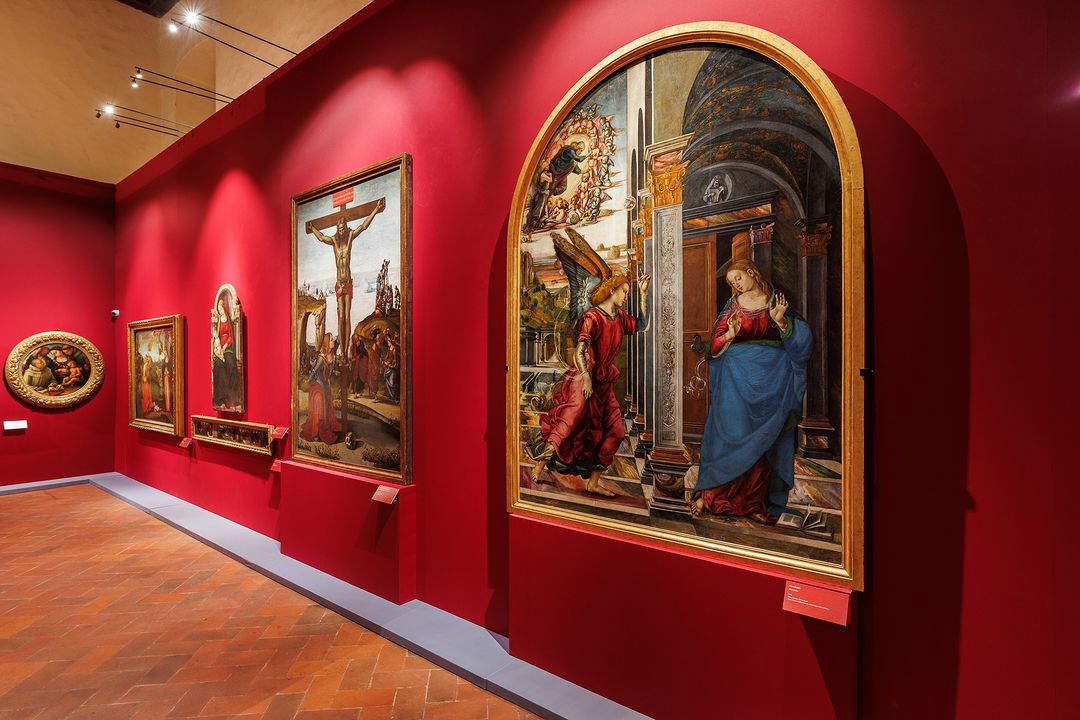
9. Urban VIII at Palazzo Barberini (Rome).
A major exhibition with over a hundred works to tell the story of one of the pontificates that most left their mark on Rome. The ninth position in the ranking goes to The Sovereign Image. Urban VIII and the Barberini family, which was held at the Galleria Nazionale d’Arte Antica in Palazzo Barberini (curated by Flaminia Gennari Santori, Maurizia Cicconi and Sebastian Schütze) and brought together important international loans from major museums with works by first-rate artists (from Caravaggio to Bernini, Ludovico Carracci to Nicolas Poussin) in an engaging itinerary. Lots of room for art, little room for politics (on this part the review fell a bit short), but it was one of the best exhibitions seen in Rome in recent years. Read our review.
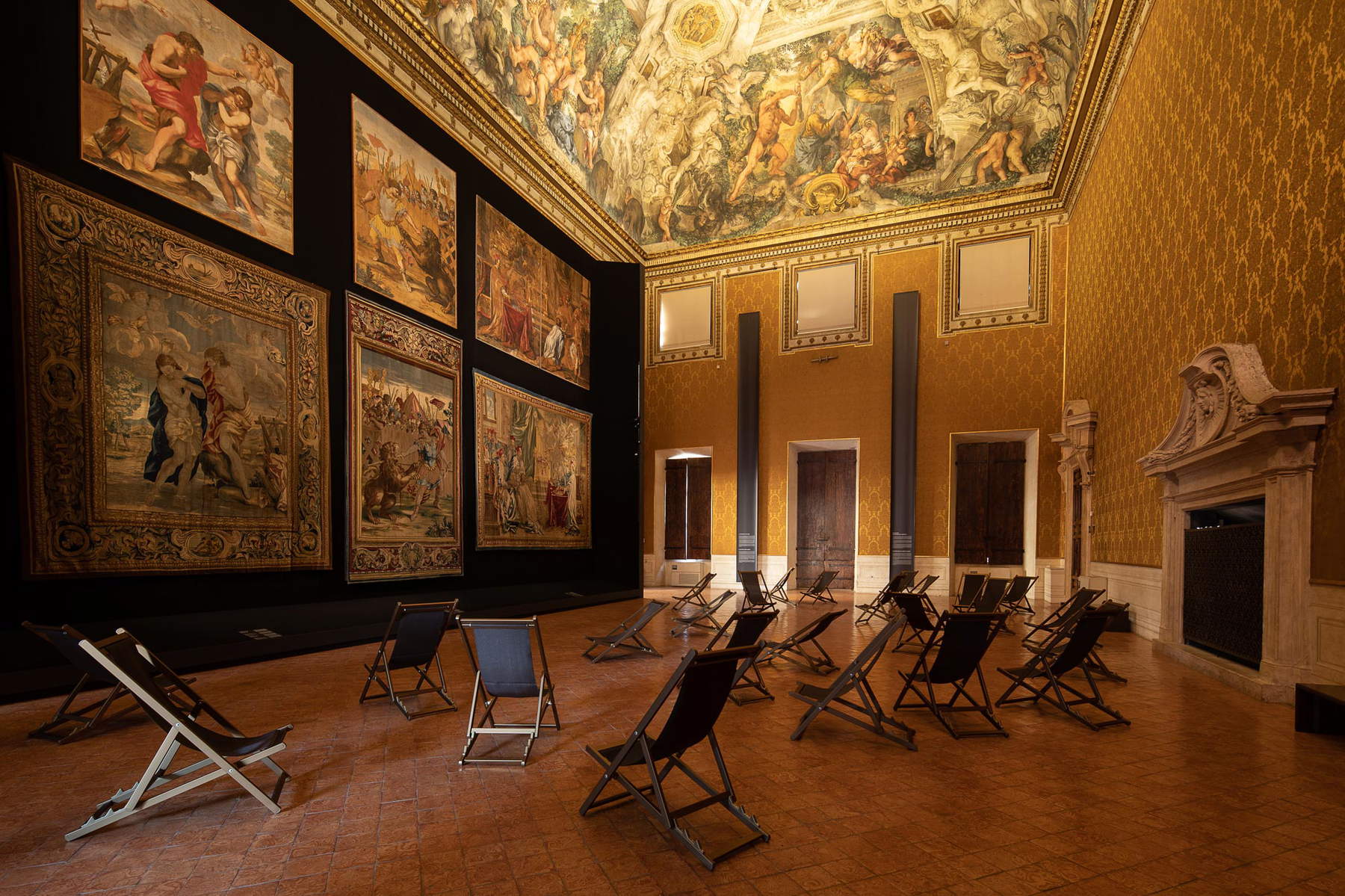
8. CCCP at the Chiostri di San Pietro (Reggio Emilia).
It can hardly be said that the CCCP exhibition was not among the most anticipated of the year. An event, rather than an exhibition(Felicitazioni! CCCP - Fedeli alla Linea 1984-2024), which was followed by a reunion of the historic punk group. And the exhibition, set up at the Chiostri di San Pietro in Reggio Emilia, was able to be much more than the usual exhibition dedicated to a musical group: CCCP went beyond expectations (and it was to be expected) giving life to a sort of total work of art, including sculptures, immersive environments, installations created for the occasion ending with a sort of big punk cathedral that gave a salute to the visitors. How to combine art and music to engage a cross-sectional audience: indeed, it is not necessary to have seen CCCP at work in their day to appreciate this exhibition. Read our review.
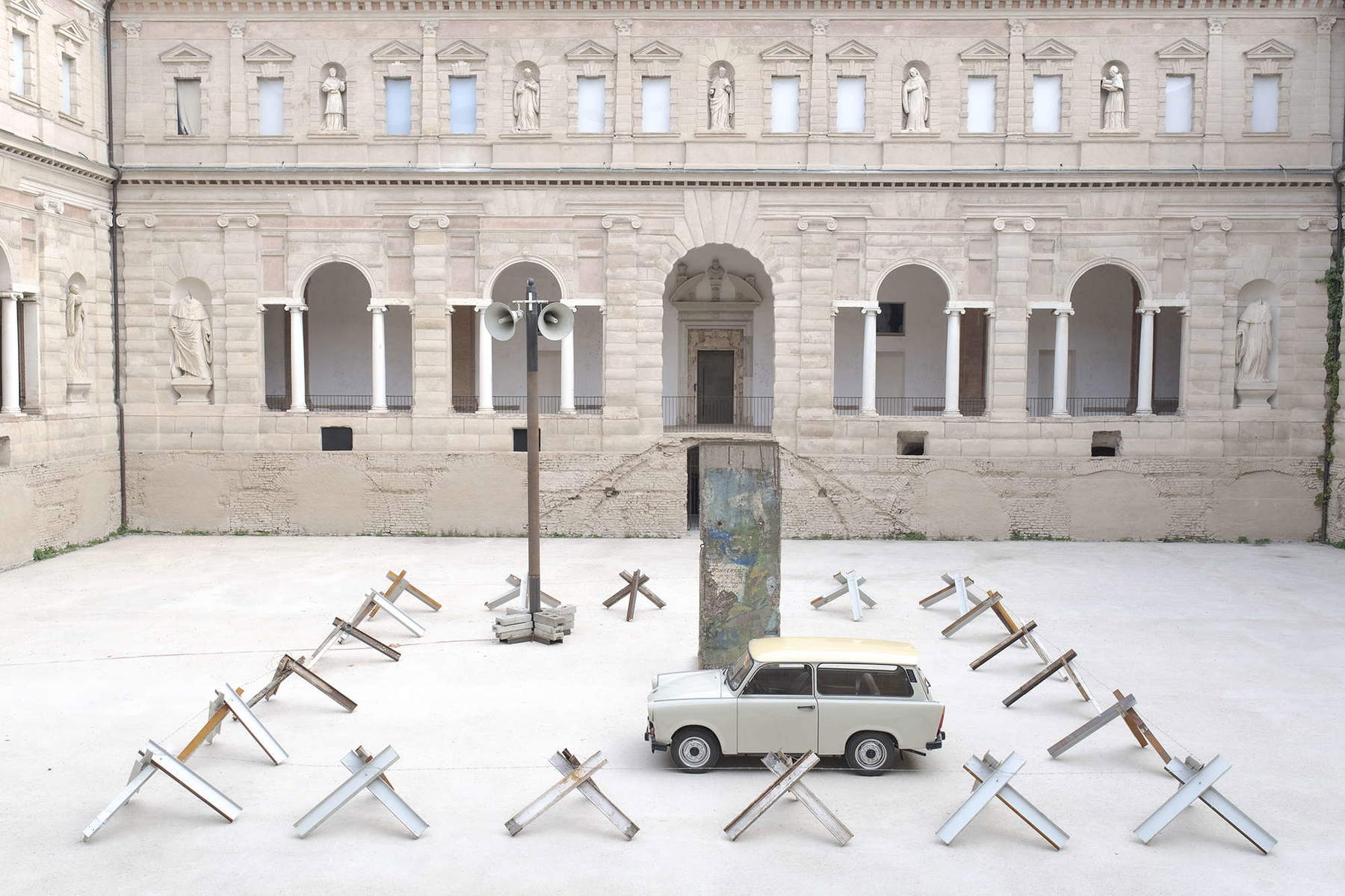
7. Bertozzi&Casoni in Imola
The duo Bertozzi&Casoni is one of the leading names in contemporary Italian art, and their works have been surprising the public since the 1980s. Never before this year, however, has Bertozzi&Casoni been given an exhibition tracing their entire career: the Imola Museums organized it this year. Tranche de vie, this is the title of the exhibition curated by Diego Galizzi, is divided into three parts: the “historical” section at the San Domenico Museum (with works from the 1980s up to the seminal Choose Paradise of 1997, a watershed work in the duo’s career), a selection of works from the late 1990s to the present day placed in the ancient rooms of Palazzo Tozzoni, and a new work, born after a 20-year gestation, installed in a passage of the Rocca Sforzesca. The result is a project with a dual soul (the more “traditional” one of the San Domenico Museum and the more scenic and spectacular one of Palazzo Tozzoni and Rocca Sforzesca), capable of entering in a complete and engaging way into the art of Bertozzi&Casoni, two artists who gave new life to ceramics.
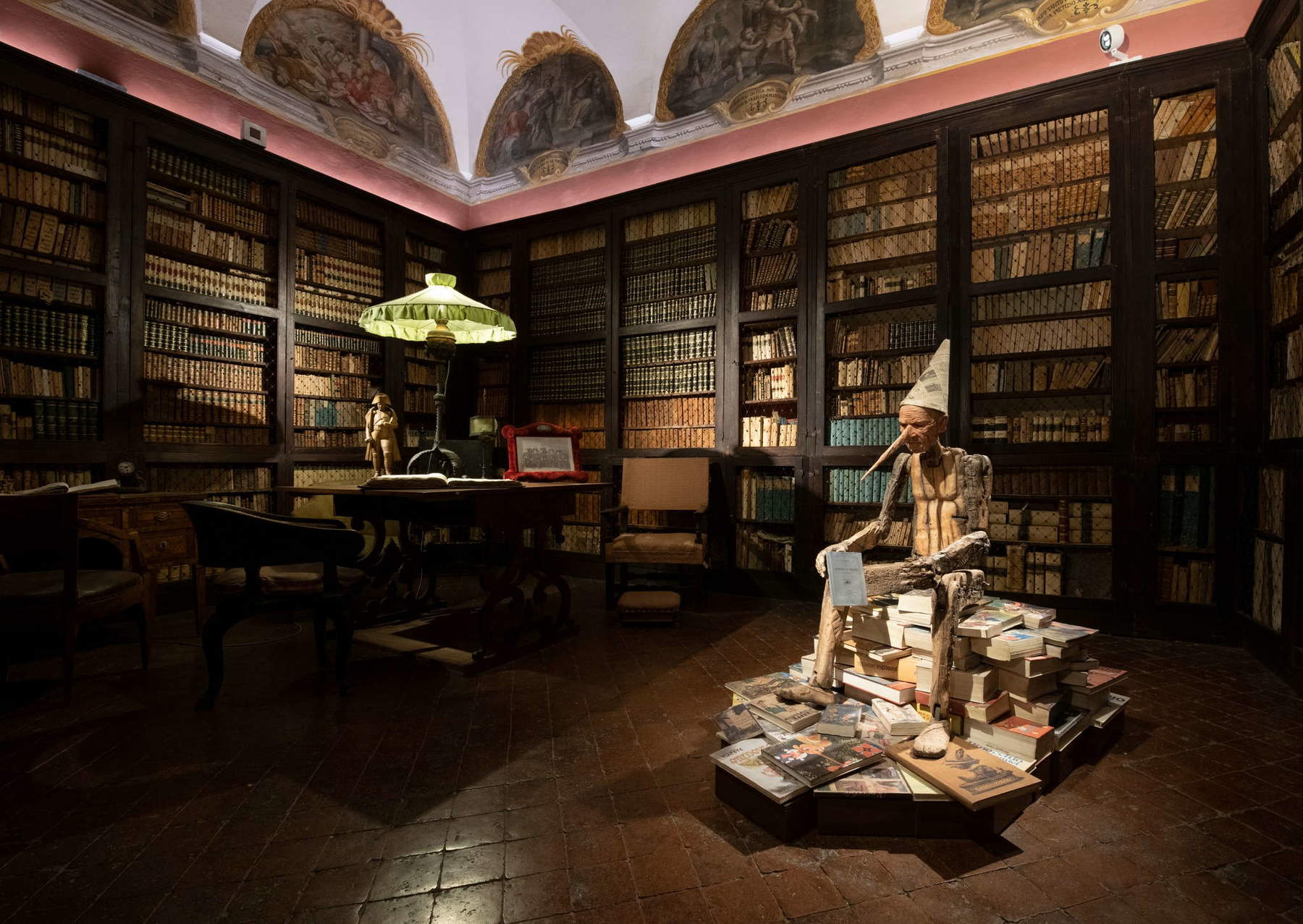
6. Cecco del Caravaggio at the Accademia Carrara (Bergamo).
The schedule of Bergamo and Brescia Italian Capitals of Culture 2023 was very rich, perhaps the most intense and interesting since the Italian capital of culture has existed. And the Carrara Academy of Bergamo stood out for the first-ever monographic exhibition dedicated to Francesco Boneri, known as Cecco del Caravaggio, a talented and little-studied pupil of Caravaggio: in the Bergamo museum, curator Gianni Papi gathered much of his known production, animating a review of about forty works that, in the field of ancient art, was certainly among the best of the year not only in Italy. A review with a high scholarly profile and also very well cared for in its apparatus. Read our review.

5. Giorgio Morandi at Palazzo Reale (Milan)
Several exhibitions have been dedicated to Giorgio Morandi over the years: few, however, have reached the completeness of the review that this year Palazzo Reale has reserved for the great painter of still lifes. An itinerary, the one curated by Maria Cristina Bandera, which gathered in the halls of the Milanese institute an in-depth selection of works capable of recounting Morandi’s entire career, from his beginnings to his final years, going through all his phases, from the metaphysical one of his beginnings to the compositions with bottles of the 1950s and 1960s, reserving the right space for landscapes, engravings and the other main themes of Morandi’s art. An exhibition that was then able to break down misconceptions about the Bolognese artist (above all the one according to which he was a repetitive artist) with an itinerary that was never boring, able to show that Morandi was in fact a versatile artist who was always ready to experiment.
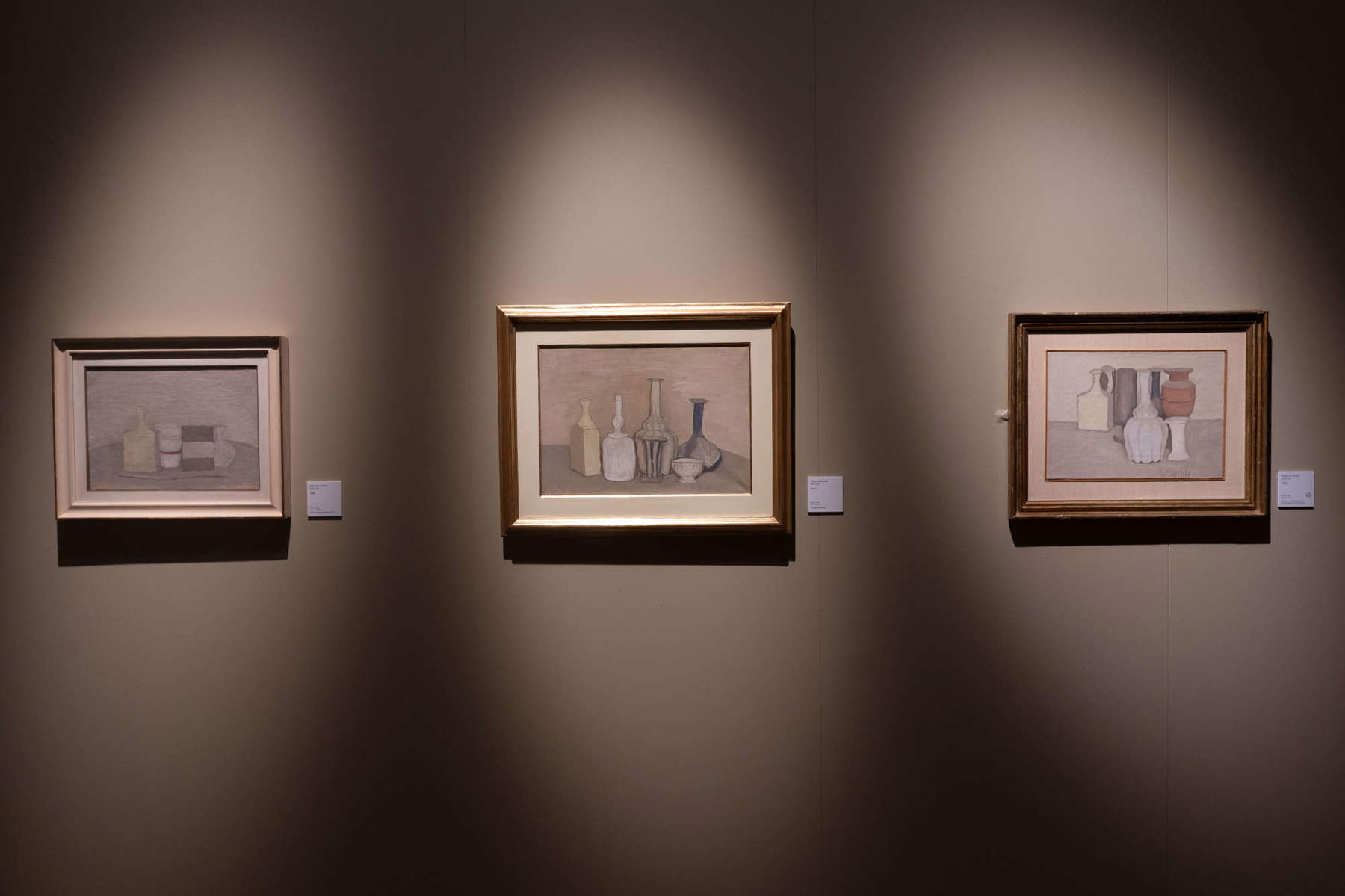
4. Perugino at the National Gallery of Umbria (Perugia).
The exhibition on Perugino at the National Gallery of Umbria in Perugia, curated by Marco Pierini and Veruska Picchiarelli, was one of the most eagerly awaited of 2023 because it fell in the 500th anniversary year of the Umbrian artist’s death. The exhibition, set up in Sala Podiani, decided to focus only on the early period of Perugino’s art, concluding with the Marriage of the Virgin, an exceptional loan that arrived from the Musée des Beaux-Arts in Caen: this key work alone was worth the visit. The exhibition, though set up in somewhat cramped spaces especially in the first few rooms, brought together many important works by Perugino, compared with works by other great artists of the time with whom the artist had the opportunity to measure himself, from Bartolomeo Caporali to Luca Signorelli, from Benedetto Bonfigli to Giovanni Santi, thus turning out to be one of the best of the year. Impressive is the catalog. Read our review.
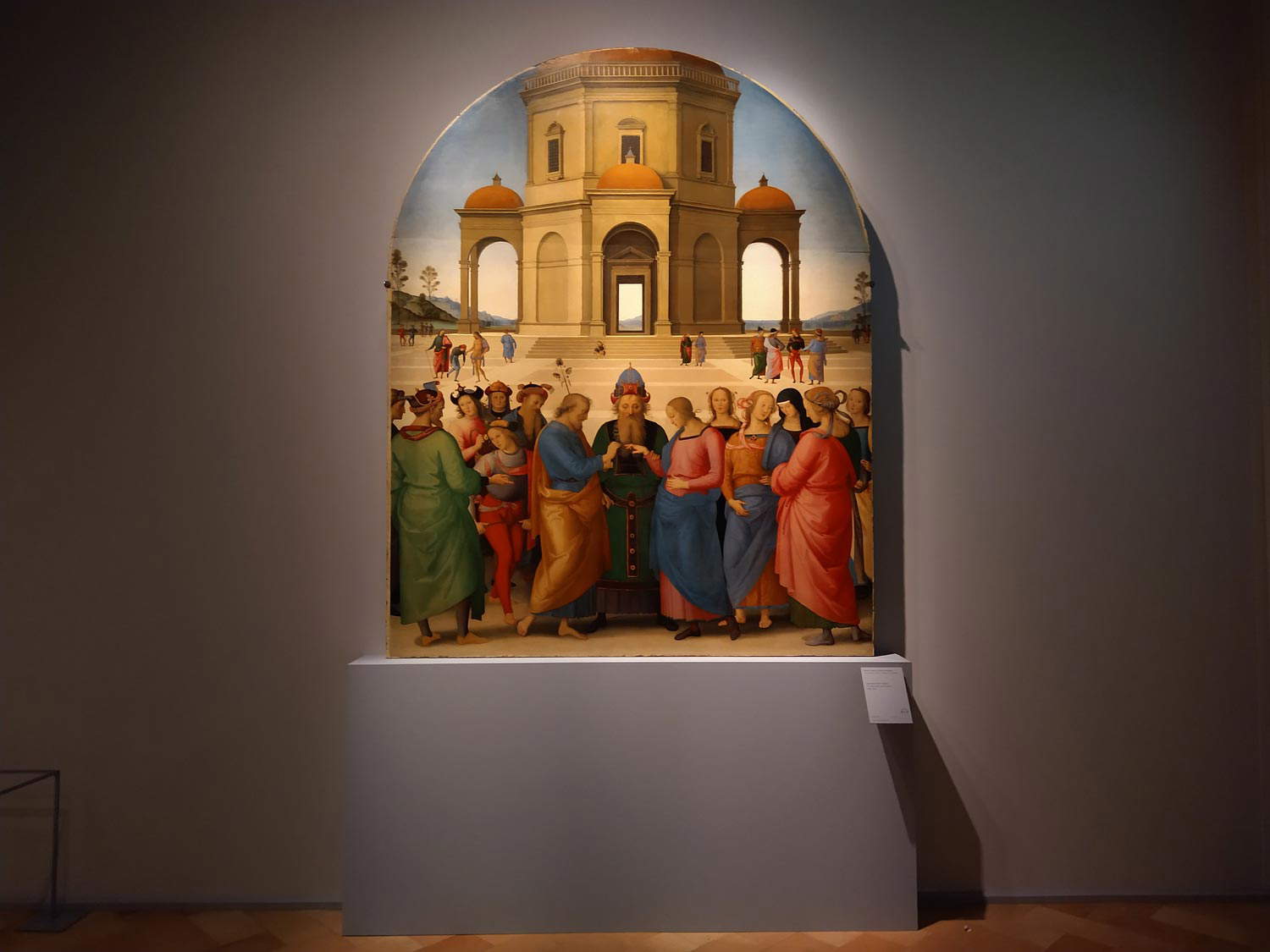
3. Ercole de’ Roberti and Lorenzo Costa at Palazzo dei Diamanti (Ferrara).
In Ferrara, Palazzo dei Diamanti reopened after major restyling works with a double monographic exhibition on Ercole de’ Roberti and Lorenzo Costa(Renaissance in Ferrara. Ercole de’ Roberti and Lorenzo Costa), curated by Michele Danieli and Vittorio Sgarbi, which earned the third step of the podium (this year, it is worth noting, it was, however, difficult to choose the final ranking of the top three, as they were all very valid exhibitions). By Ercole de’ Roberti, much of his production was gathered (and the main absences were not the fault of the curators: the Liverpool Pietà did not move from England for conservation reasons, while the Pala Portuense was declared immovable by the Pinacoteca di Brera), and Lorenzo Costa was also adequately represented: the result was an itinerary that allowed the public a comprehensive lunge into Ferrara’s Renaissance art, accompanied by an excellent catalog. The exhibition on Ercole de’ Roberti and Lorenzo Costa set itself as an ideal continuation of the 2007 exhibition on Cosmè Tura and Francesco del Cossa, and it has been said that other reviews will follow, again at the Palazzo dei Diamanti, delving into the masters of the Renaissance in Ferrara, again with pairs of artists who lived in the same period (for some this will be the first time). Expectation is obviously very high. Read our review.
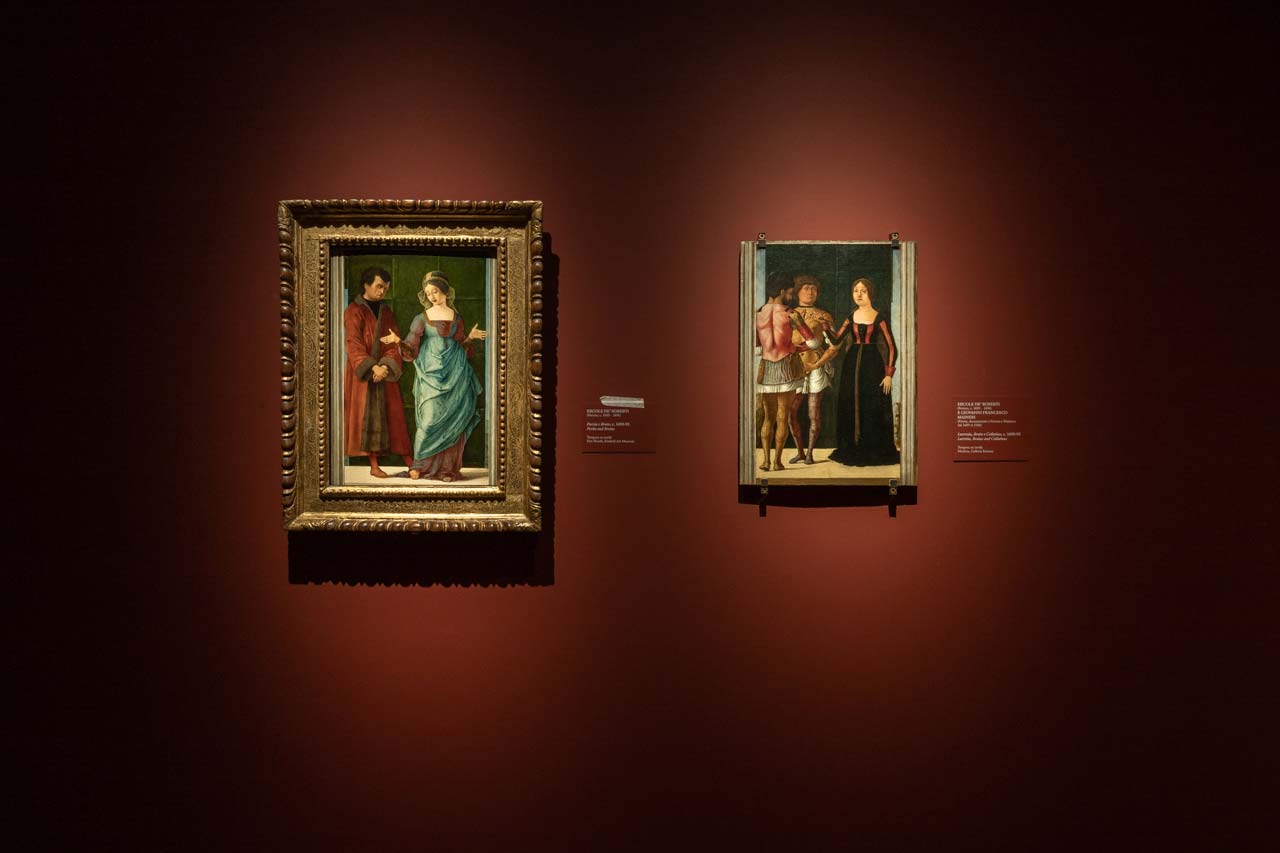
2. Giovanni Battista Moroni at the Gallerie d’Italia (Milan).
Second place goes to the exhibition Moroni (1521-1580). The Portrait of His Time, dedicated to Giovanni Battista Moroni and curated by Simone Facchinetti and Arturo Galansino. It opened a few days ago in the halls of the Gallerie d’Italia in Piazza Scala in Milan, but it deserves the podium in our ranking because it is the most comprehensive exhibition ever dedicated to Moroni and has gathered all the most important masterpieces of theBergamasque artist, focusing mainly on portraits but devoting relevant space also to drawings and especially altarpieces, comparing Moroni’s works with those of the greats of his time, starting with his master Moretto and touching on Titian, Tintoretto, Lorenzo Lotto and other 16th-century artists who constituted inescapable points of reference for Moroni. An exhibition with an original slant (in fact, the layout is built on thematic focuses : the result is therefore an itinerary that, although largely composed of portraits, never bores the public for a second) that figures among the best the Gallerie d’Italia has organized in recent years.
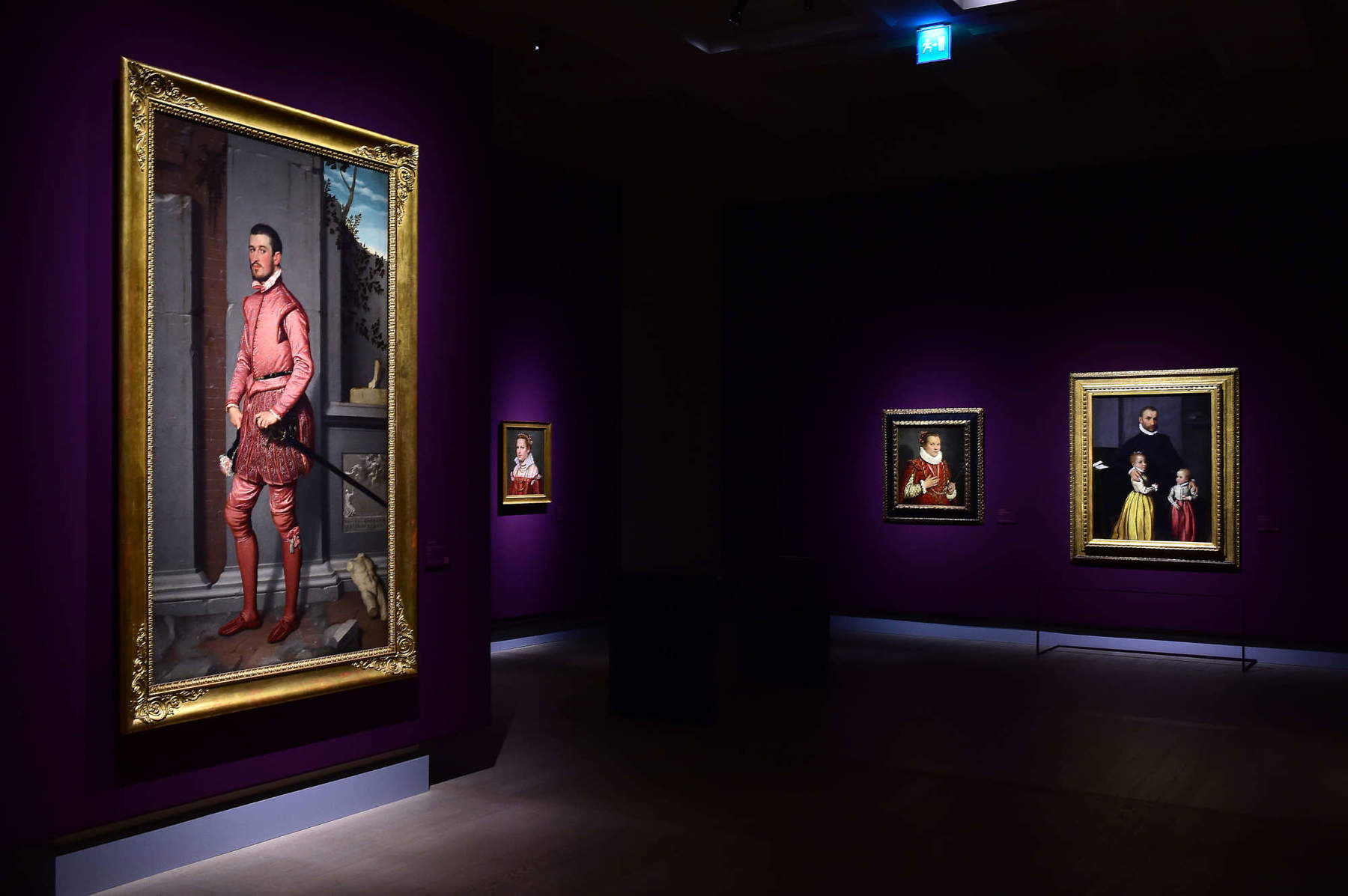
1. Giacomo Ceruti at the Santa Giulia Museum (Brescia).
Organizing an exciting exhibition on a little-known artist such as Giacomo Ceruti (and perhaps also disliked by the public, as well as affected by the prejudices provoked by that nickname, “Pitocchetto,” so unhelpful in describing his importance) was not an easy task, even taking into account the fact that he had already been the protagonist of an important monographic exhibition in the past, the one curated by Mina Gregori in 1987. An illustrious precedent to be measured against. Yet curators Roberto D’Adda, Francesco Frangi and Alessandro Morandotti hit all the targets by organizing an exhibition(Miseria & Nobiltà. Giacomo Ceruti in Eighteenth-Century Europe, at the Santa Giulia Museum in Brescia) that deserves this year’s gold medal for several aspects: the completeness of the selection (loans came in from all over the world, representative of all phases of Ceruti’s career, and the Padernello cycle was also brought together almost in its entirety), the punctuality of the comparisons, the variety of the itinerary, and the quality of the catalog (one of the most interesting and engaging exhibition catalogs in recent years). An excellent exhibition, worthy of the Italian capital of culture, and already become a cornerstone in studies on the artist. Read our review.
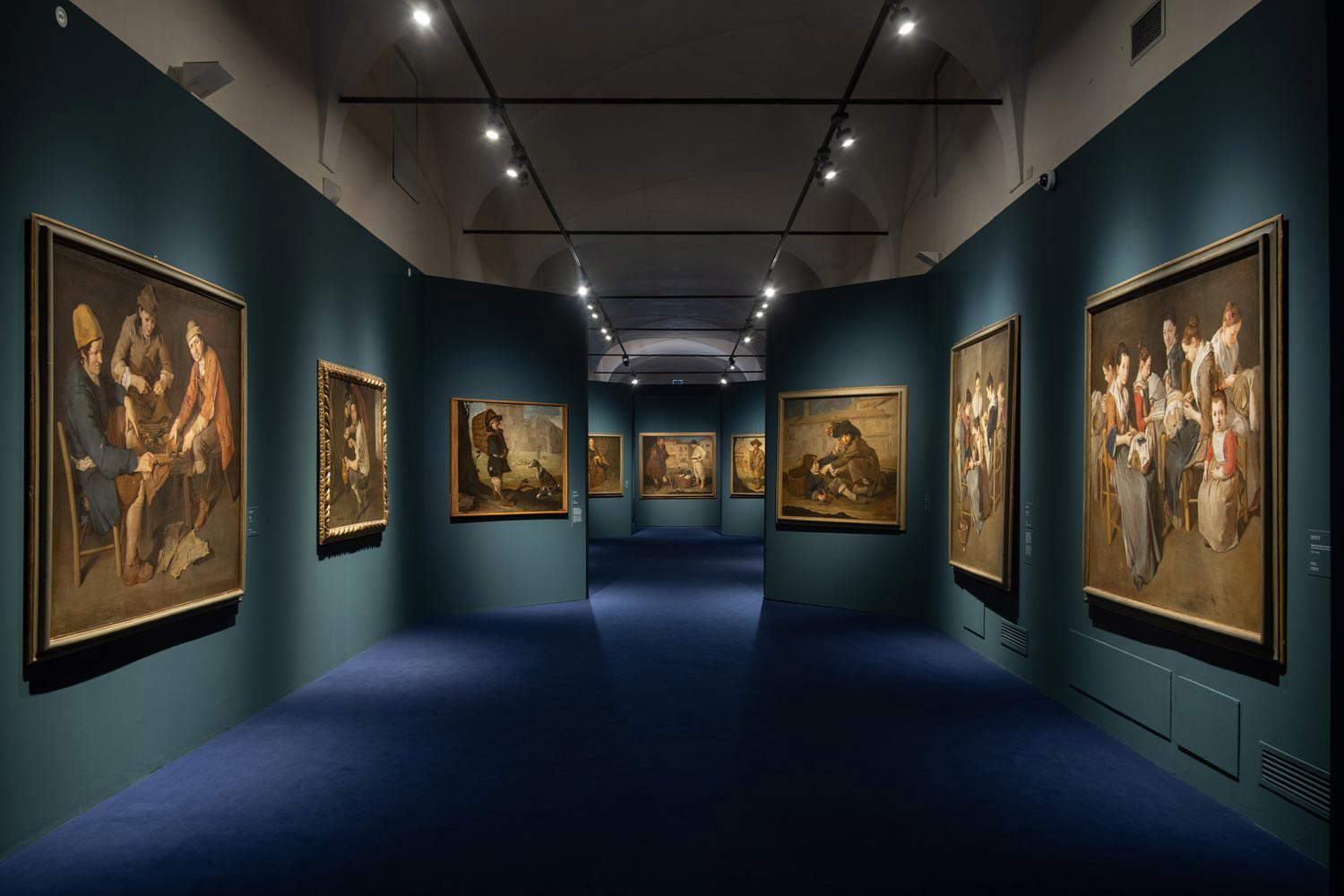
 |
| The 10 best exhibitions of 2023 according to Finestre Sull'Arte |
Warning: the translation into English of the original Italian article was created using automatic tools. We undertake to review all articles, but we do not guarantee the total absence of inaccuracies in the translation due to the program. You can find the original by clicking on the ITA button. If you find any mistake,please contact us.





























